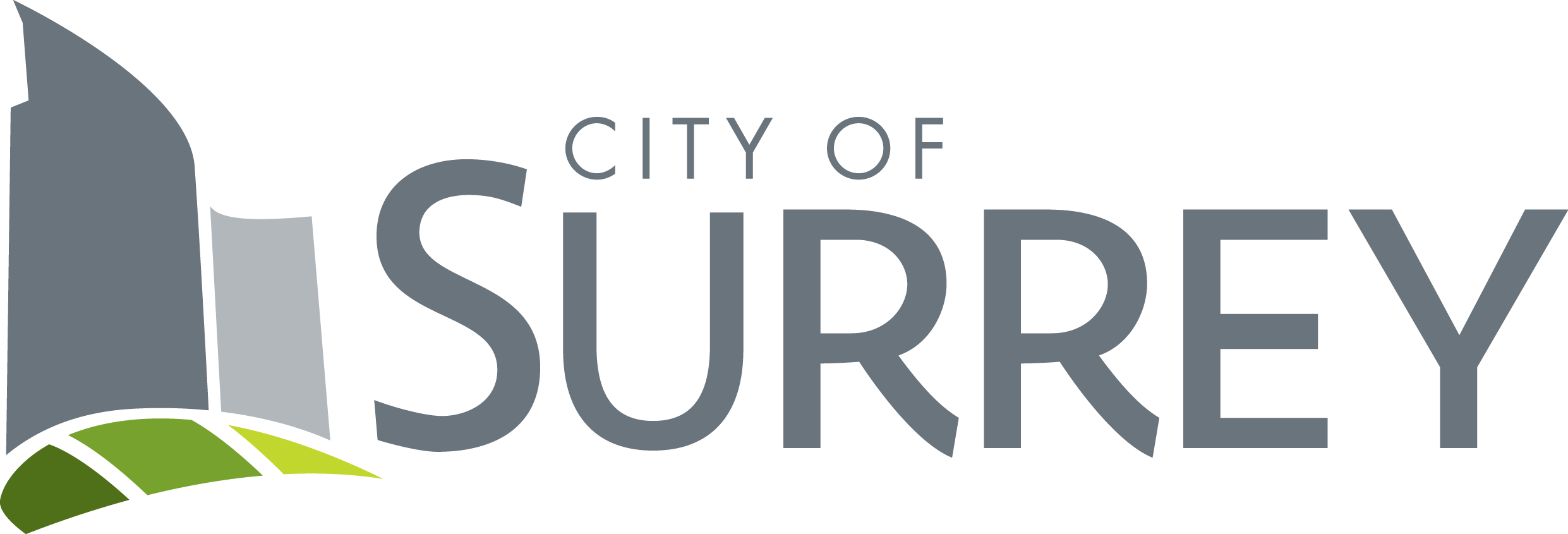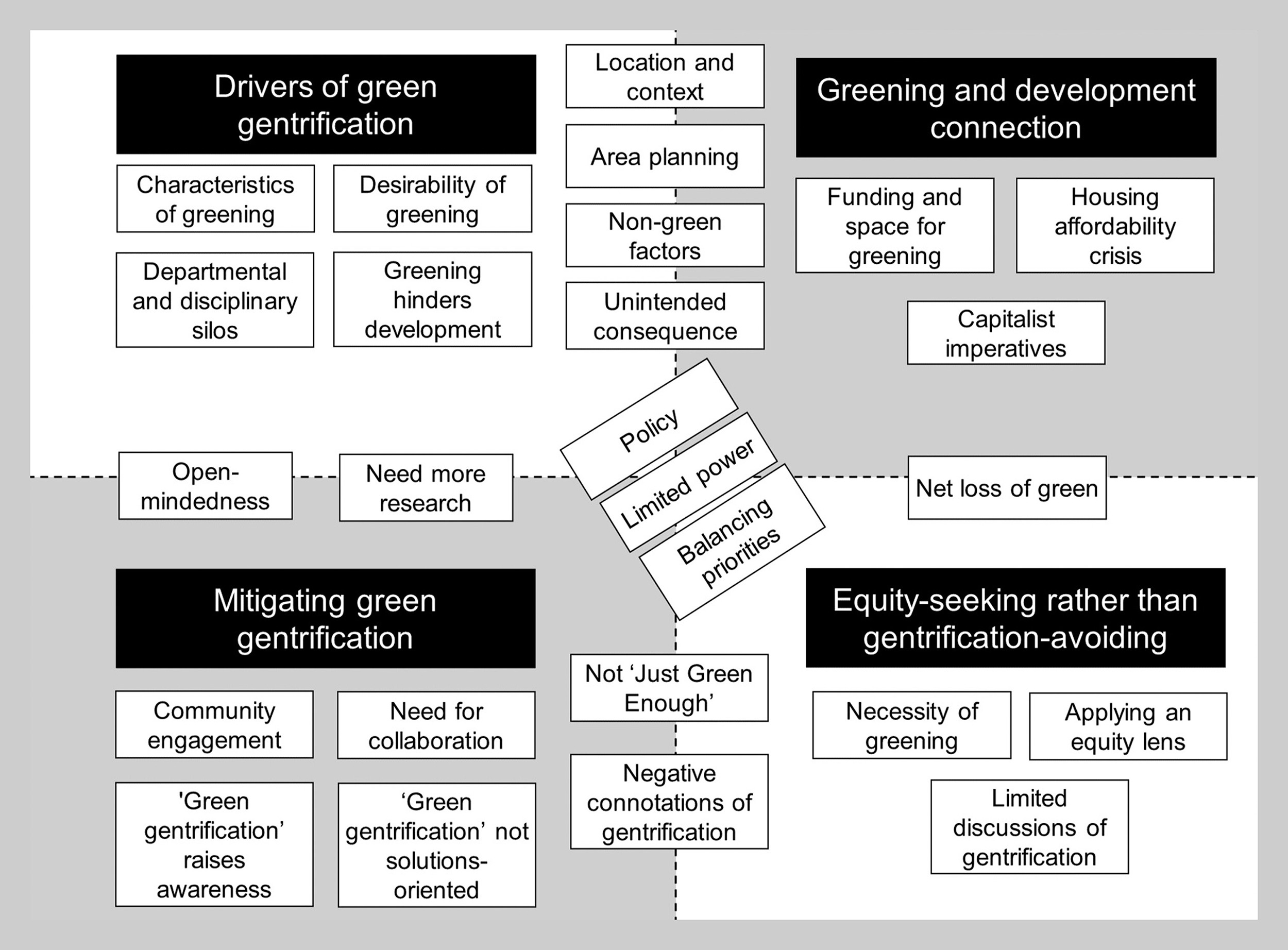Green gentrification and equitable urban forest governance in Metro Vancouver and the Greater Toronto Area
Green gentrification and equitable urban forest governance in Metro Vancouver and the Greater Toronto Area
How can we manage urban forests in a way that benefits all residents without causing displacement or exclusion?
Background summary
Cities are showing an increased appreciation for the myriad ecological and social benefits that urban forests provide. However, the distribution and experience of these benefits among urban residents are often unequal. Attempts to increase urban forest access—such as urban forest renewal projects, public parks, or community gardens—have been linked to the displacement of economically marginalized residents. This phenomenon, known as green gentrification, occurs when improvements to urban green spaces trigger an influx of wealth, raising the cost of living and forcing vulnerable residents to relocate. Additionally, changes to green spaces without local guidance can create a sense of exclusion among residents.
Activities
- Clarify green gentrification: Define the meaning and scope of green gentrification within the context of urban forestry and green equity discourse through a review of the literature.
- Investigate governance impacts: Conduct practitioner interviews and resident surveys, case studies, and expert workshops to examine the extent to which concerns about green gentrification influence urban forest governance in metropolitan areas across Canada.
- Propose equitable models: Develop equitable approaches to urban forest governance that consider the relationships between urban forest development and green gentrification.
Outcomes
Green gentrification is a complex, multi-system phenomenon that changes across space & time. Greening & gentrification are bound up together; greening does not necessarily drive gentrification but greening often occurs alongside gentrification.
Practitioners find that development commonly funds/accommodates greening, thereby upholding existing inequities and creating new ones. ‘Green gentrification’ currently has limited utility for practitioners, more important are affordability and equity policies that work across urban systems.
Expert practitioners in workshops across Metro Vancouver and the GTA suggest the following strategies to achieve equitable urban forestry:
- Introduction of systemic and equity-based governance approaches.
- Coordination and planning between departments and organizations BEFORE implementation.
- Meaningful community engagement.
- Resource mobilization and building partnerships.
Time Frame
2020 – 2024
Location
Metro Vancouver, BC
Partners
Metro Vancouver
City of Surrey
Toronto Region Conservation Authority
Tree Canada
UNL Researchers
Lorien Nesbitt
Jess Quinton
Daniel Sax
Kaitlyn Pike
Cecil Konijnendijk
Funding Sources
SSHRC Insight Development Grant
SSHRC CGS-D
UBC Forestry 4YF
Tree Canada
Ufor Network
Partners & Funders







